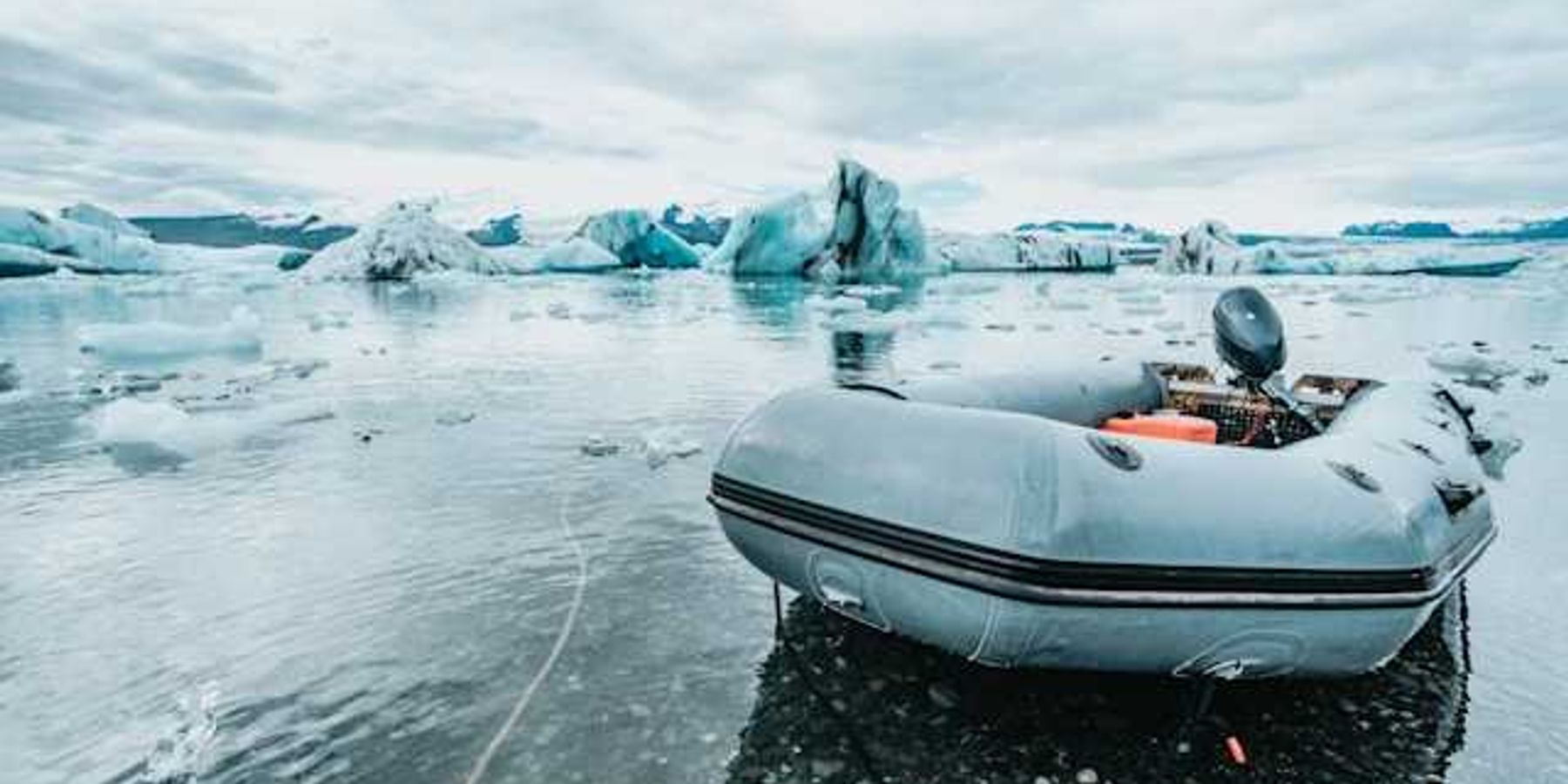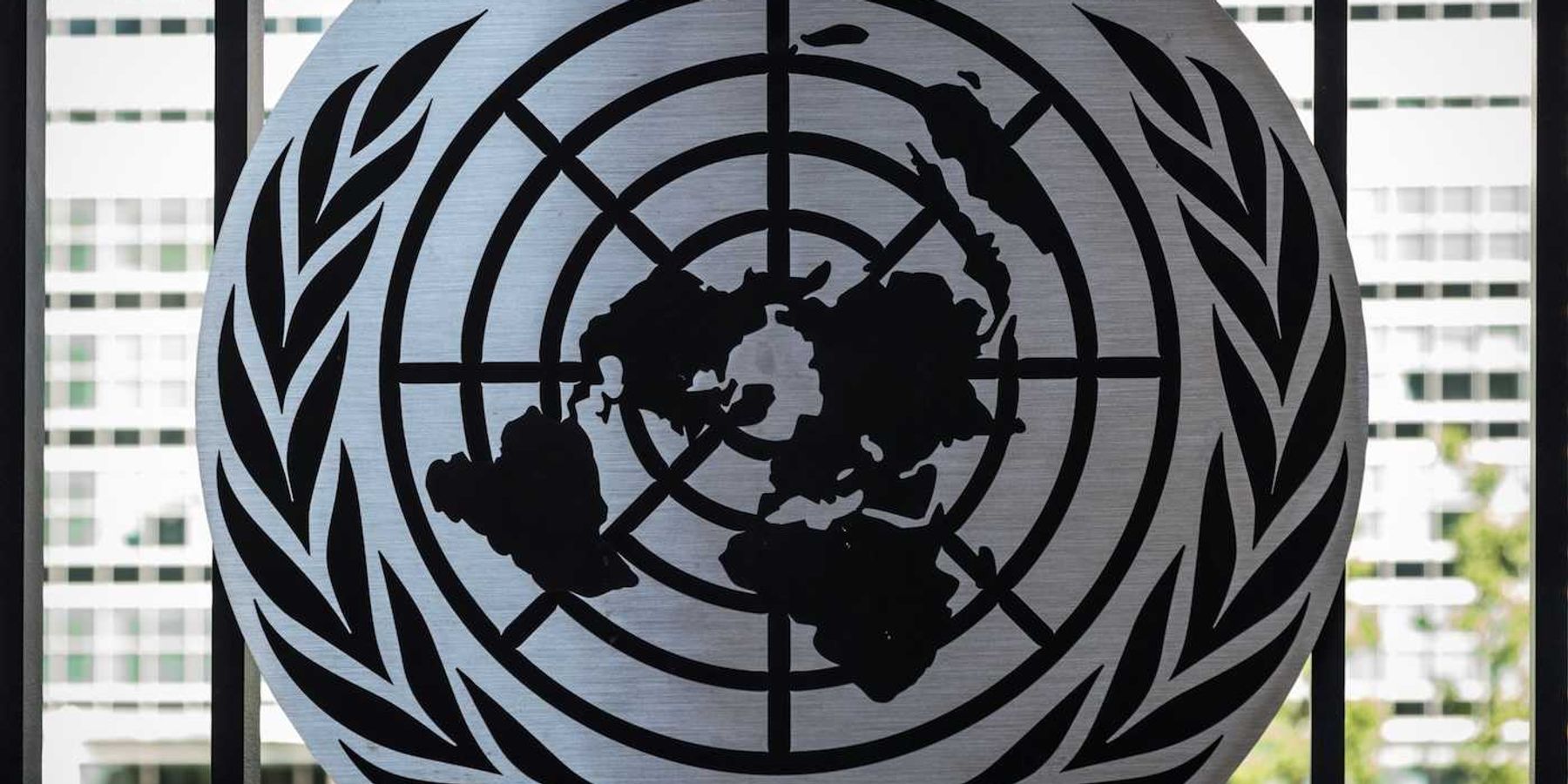Europe moves ahead with renewables as the U.S. doubles down on fossil fuels
Europe has hit a record 47% of electricity from solar and renewables, highlighting a growing divide with the U.S., where fossil fuels remain dominant under Trump-era policies.
Sibi Arasu reports for the Associated Press.
In short:
- Europe now generates nearly half its electricity from renewables, driven by policies like the European Green Deal and a push for climate neutrality by 2050.
- Russia’s invasion of Ukraine accelerated the shift away from gas, saving Europe $61 billion in fossil fuel imports since 2019.
- Clean energy progress contrasts sharply with U.S. policies under Trump, including halted wind leases and revived fossil fuel expansion.
Key quote:
“Fossil fuels are losing their grip on EU energy.”
— Chris Rosslowe, energy expert at Ember
Why this matters:
Russia’s invasion of Ukraine acted like a wake-up call for Europe, forcing countries to ditch gas and embrace homegrown energy solutions. The payoff? A jaw-dropping $61 billion saved on fossil fuel imports in just a few years. While Europe is setting a roadmap to climate neutrality by 2050, the U.S. risks falling behind, missing the chance to lead in a world where clean energy isn’t just the future—it’s the present. Read more: The real scam — rail against renewables, run away with factories.













